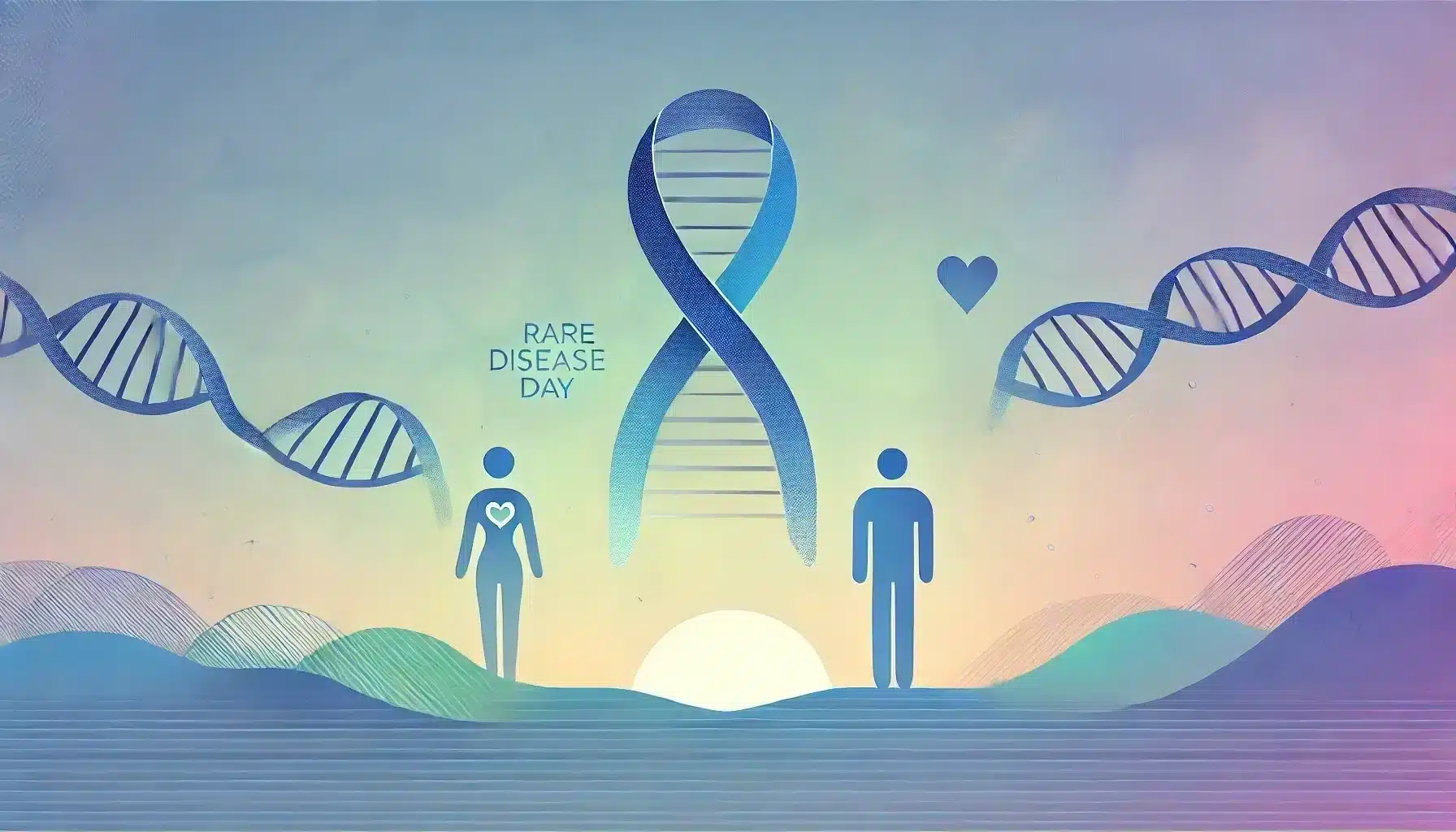What is Rare Disease Day?
Rare Disease Day, celebrated annually on the last day of February, raises awareness about the impact of rare diseases on patients’ lives and advocates for equitable access to care and treatment. First observed on February 29, 2008, the rarest date on the calendar, this international event highlights the challenges faced by individuals with rare diseases and their families. Organized by the European Organisation for Rare Diseases (EURORDIS), the day has since become a global movement, involving over 100 countries to promote inclusivity and foster understanding of rare diseases.
Rare Disease Day emphasizes the importance of global collaboration in research, policy-making, and healthcare improvements, ensuring that no one is left behind because of the rarity of their condition.
History and Origin
Rare Disease Day was launched by EURORDIS in 2008 to bring attention to the lack of awareness and resources for rare disease patients. The inaugural event, held on February 29, symbolized the uniqueness of rare diseases and was observed in Europe and Canada. In 2009, the observance became global, with the United States, China, and other countries joining the initiative.
Since its inception, Rare Disease Day has grown into a worldwide platform for advocacy, education, and support. The observance now involves governments, healthcare professionals, researchers, and patient organizations, working together to address the needs of the over 300 million people living with rare diseases globally.
Who Celebrates Rare Disease Day?
- Patients and Families: Share personal stories to raise awareness and foster understanding of rare diseases.
- Healthcare Professionals: Advocate for improved diagnostic tools, treatments, and care options.
- Researchers and Scientists: Promote advancements in rare disease research and therapies.
- Policy Makers: Support legislation and policies to improve healthcare access and equity for rare disease patients.
- The Global Community: Participate in events and campaigns to show solidarity with those affected by rare diseases.
Themes and Slogans
Rare Disease Day focuses on themes of inclusivity, research, and advocacy for equitable healthcare.
A widely recognized slogan is:
“Share Your Colours,” encouraging individuals to express their support and solidarity with the rare disease community.
Colors, Symbols, and Patterns
Colors
- Pink, Blue, and Green: Represent diversity, unity, and hope for those living with rare diseases.
- Purple: Highlights the global solidarity of the rare disease community.
- White: Reflects the purity of the advocacy mission.
Symbols
- Handprints: Represent unity and collective effort in raising awareness.
- Ribbons: Symbolize awareness and support for rare disease patients.
- Stars: Represent hope and light in the lives of those affected by rare conditions.
Patterns
- Interlocking Shapes: Symbolize the interconnected global effort to address rare diseases.
- Radiating Designs: Represent the spreading of awareness and knowledge.
- Vibrant Waves: Reflect the diversity and energy of the rare disease community.
How to Celebrate Rare Disease Day
- Participate in Awareness Events: Join walks, fundraisers, or virtual seminars organized to support rare disease patients.
- Share Your Story: Use social media platforms to share personal experiences and raise awareness with hashtags like #RareDiseaseDay.
- Illuminate Landmarks: Help light up buildings and monuments in Rare Disease Day colors to draw public attention.
- Advocate for Change: Engage with policymakers to support initiatives that improve healthcare for rare disease patients.
- Educate Yourself and Others: Learn about rare diseases and share resources to increase understanding and support.
Most Used Hashtags
- #RareDiseaseDay
- #ShareYourColours
- #RareDiseases
- #SupportTheRare
- #RareButStrong
Why is Rare Disease Day Important?
Rare Disease Day is essential in spotlighting the unique challenges faced by individuals with rare diseases, including delayed diagnoses, limited treatment options, and societal isolation. The observance fosters a global community advocating for research, policy changes, and better healthcare access, ensuring that rare disease patients receive the attention and support they deserve. By promoting inclusivity and awareness, Rare Disease Day encourages collaboration to improve the quality of life for those affected and to advance understanding of these often-overlooked conditions.
Features
Last Day of February: Rare Disease Day
Why do you keep falling for the same type?
Read the article Lovemaps: the hidden blueprint of our love.

